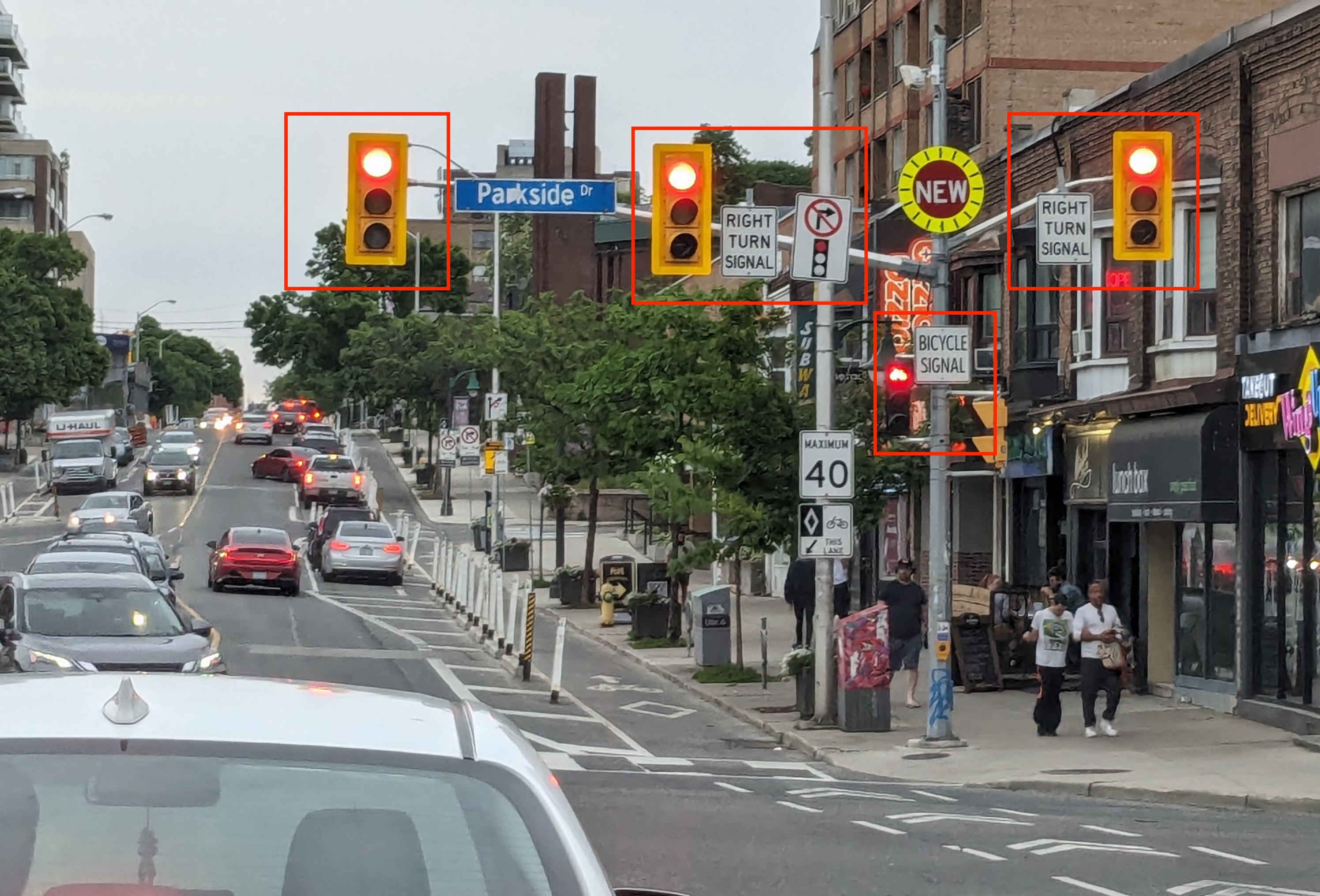Payments Canada published an opinion piece outlining how they think ISO fits into the payments ecosystem.
| Quote | Implication |
|---|---|
| That message is received by the creditor and immediately dissolved and dispersed into the internal data models | ISO should be used at the system boundaries; not as your internal data model |
| The messages defined in ISO 20022 are meant to […] complete a specific operation between two financial systems or two different entities within a financial ecosystem | ISO is intended for communication between FIs |
| these messages are purely transient. All of the systems in the financial industry have been designed to store data - not messages. While the data persists for decades, the messages only persist for seconds | Store normalized transaction data |
| ASN.1 and XML-based messages are useless for delivering a high-volume real-time payments rail | Don’t use ISO for latency-sensitive systems |
The ISO 20022 standard provides a common language for Financial Institutions to use when communicating with each other. It brings consistency and well-considered data structures to interfaces that previously had none.
[Read More]